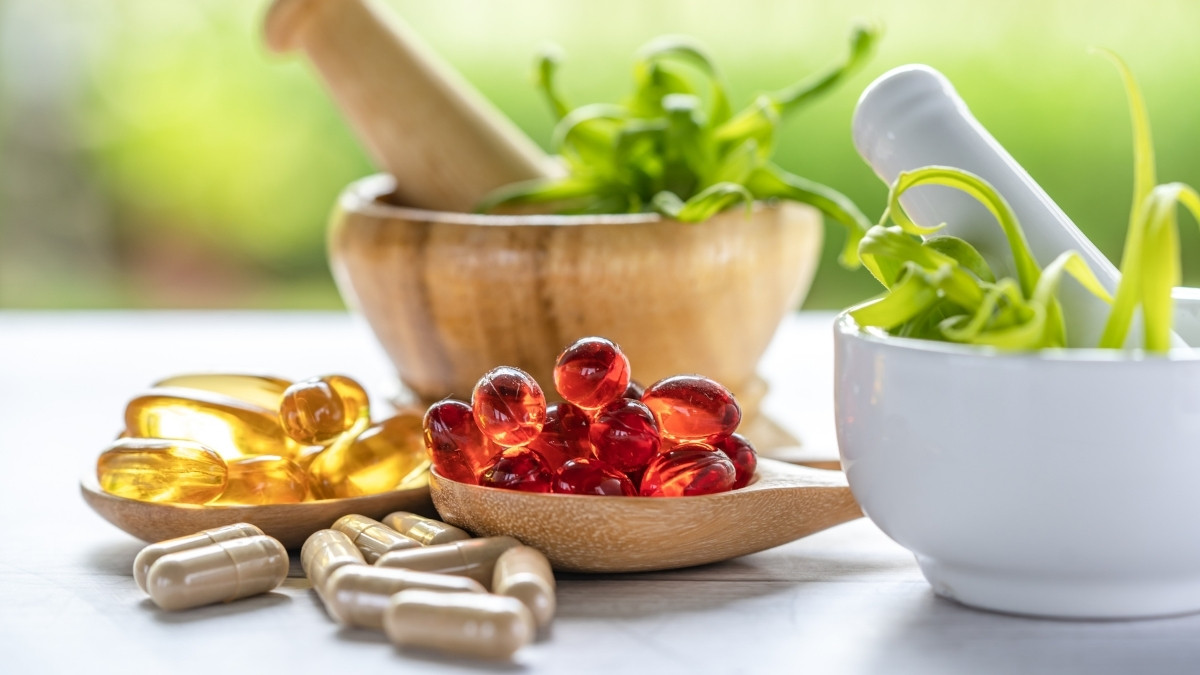The Power of Plants: How Phytonutrients Boost Health & Prevent Disease (Nature’s Defense)
The vibrant colors in your produce aisle aren’t just for show—they’re nature’s pharmacy in disguise. While most people know fruits and vegetables are healthy, few understand the specific plant compounds responsible for these remarkable disease-fighting benefits.
These powerful substances, called phytonutrients, are the secret weapons behind disease prevention that could transform your health.
In this guide, you’ll discover what phytonutrients are and why they matter for your wellbeing, how different plant compounds prevent specific diseases, plus a practical color-coded system for maximizing phytonutrient health benefits.
You’ll also learn simple daily strategies to harness these protective plant compounds for optimal health and longevity.
Phytonutrients?
Like a Swiss Army knife. They fight inflammation, block cancer, and protect DNA simultaneously.
What Are Phytonutrients and Why Do They Matter?
Think of phytonutrients as a plant's bodyguards. These bioactive plant compounds protect plants from UV rays, bugs, and diseases. When you eat these plants, you get the same protection.
But phytonutrients work differently than regular vitamins and minerals. Vitamins like C and D have specific jobs in your body. Phytonutrients are more like swiss army knives. They fight inflammation, block cancer cells, and protect your brain all at once.
Scientists have found over 25,000 different phytonutrients in plants. Each one has a different superpower. Some fight heart disease. Others protect your eyes. Many work together to keep you healthy in ways we're still learning about.
Here's the problem: most Americans only get 2-3 servings of phytonutrient-rich foods each day. That's nowhere near enough to get real benefits.
Dr. David Heber, a leading researcher in this field, puts it simply: "We now know that the color of fruits and vegetables is a small clue to the phytonutrients inside." The more colorful your plate, the more protection you get.
Your body can't make these compounds on its own. You have to eat them. And unlike vitamins that your body can store, most phytonutrients don't stick around long. You need fresh supplies every day.
The Rainbow Connection: How Plant Colors Reveal Their Health Powers
Your shopping cart tells a story about your health. If everything in it is white, brown, or beige, you're missing out on nature's pharmacy.
Plant colors aren't just pretty. They're like a secret code that tells you exactly what health benefits are inside. Each color family packs different types of bioactive compounds that fight specific health problems.
Red foods get their color from lycopene and anthocyanins. Tomatoes, red peppers, watermelon, and strawberries are loaded with these compounds. Lycopene protects your prostate and heart.
Anthocyanins fight inflammation and boost brain power. One medium tomato gives you about 3,000 micrograms of lycopene.
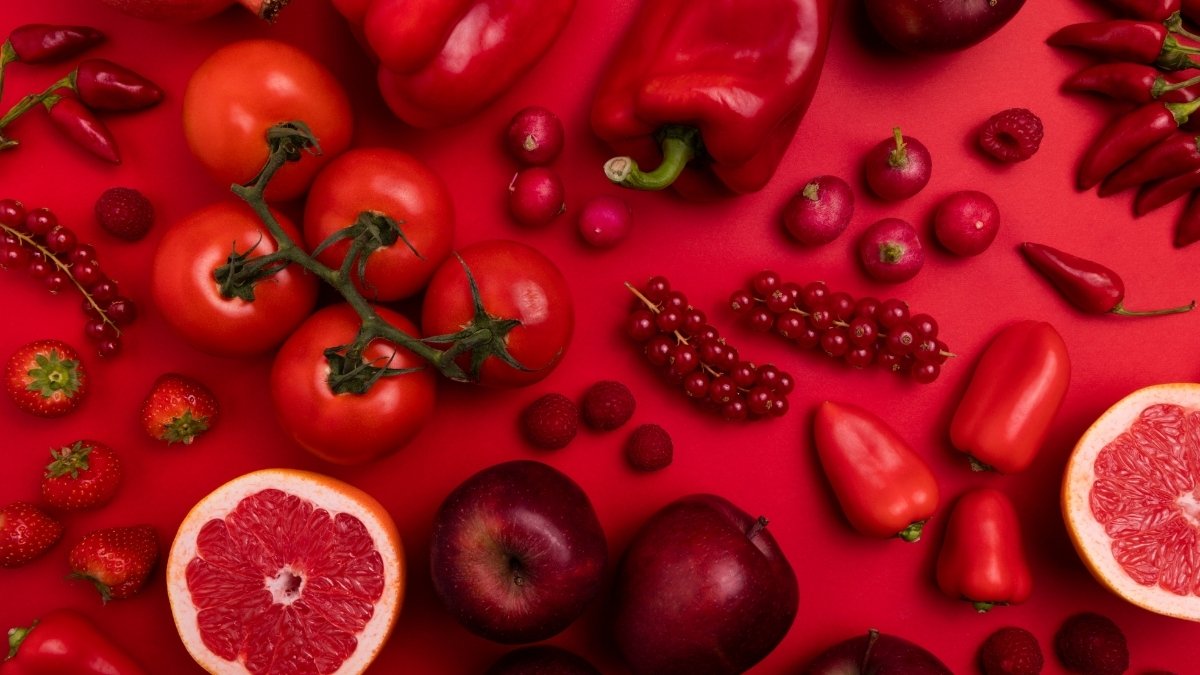
Orange and yellow foods shine with carotenoids and beta-carotene. Carrots, sweet potatoes, oranges, and bell peppers turn these compounds into vitamin A in your body. But they do more than that. They protect your skin from sun damage and keep your eyes sharp. One medium carrot contains over 10,000 IU of beta-carotene.
Green foods are nutritional powerhouses. The chlorophyll gives them color, but lutein and glucosinolates do the heavy lifting for your health. Spinach, broccoli, kale, and green tea fight cancer and protect your vision. Glucosinolates in broccoli help your liver remove toxins.
Blue and purple foods contain anthocyanins and resveratrol. Blueberries, eggplant, purple grapes, and red cabbage slow brain aging and protect your heart. Studies show people who eat purple foods regularly have better memory as they age.
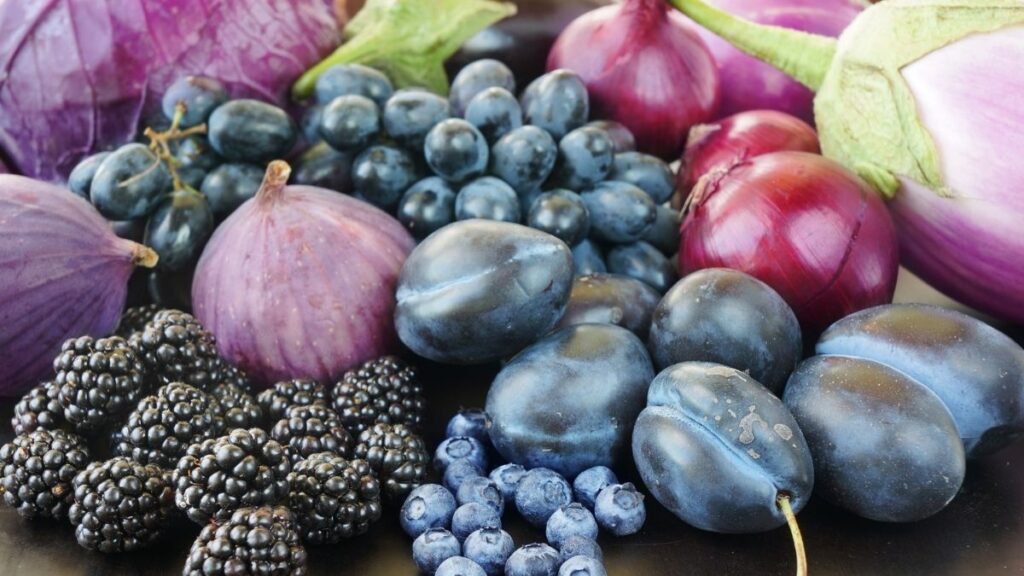
White and tan foods might look boring, but they pack allicin and quercetin. Onions, garlic, cauliflower, and mushrooms boost your immune system and fight infection. Garlic's allicin can lower blood pressure as much as some medications.
Research shows people who eat foods from at least four color groups daily have 30% lower rates of heart disease and cancer. The more variety, the better your protection.
Here's a simple rule: aim for three different colors at every meal. Breakfast could be blueberries (purple), spinach (green), and orange slices (orange) in a smoothie. Lunch might include red tomatoes, yellow peppers, and green lettuce in a salad.
Don't stress about getting every color every day. Focus on getting more variety than you had yesterday. Your body will use whatever colorful fruits vegetables nutrients you give it.
The antioxidants in plants work better when they're mixed together. That's why eating a rainbow beats taking single-color supplements every time.
Science-Backed Health Benefits of Key Phytonutrients
Let's talk about what these plant compounds actually do inside your body. The research is clear: phytonutrients health benefits go far beyond basic nutrition.
They fight free radicals like microscopic bodyguards. Free radicals are unstable molecules that damage your cells and cause aging.
Antioxidants in colorful plants neutralize these troublemakers before they can hurt you. Think of rust on metal. Free radicals cause "rust" in your body. Antioxidants stop the rusting process.
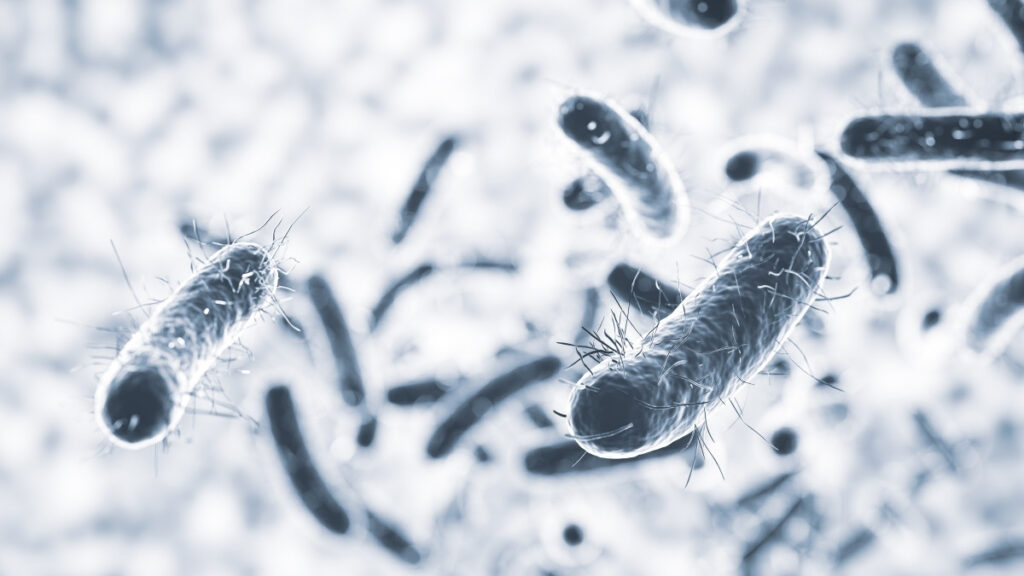
They cool down inflammation at the source. Chronic inflammation causes heart disease, diabetes, and arthritis. Many phytonutrients work like natural anti-inflammatory drugs, but without side effects. Quercetin in onions reduces inflammation markers by up to 30% in studies.
They boost your immune system's fighting power. Beta-glucans in mushrooms help immune cells spot and destroy threats faster. Allicin in garlic makes your white blood cells more aggressive against viruses and bacteria. People who eat garlic regularly get 40% fewer colds.

Harvard researchers followed 200,000 people for 30 years. Those who ate the most flavonoids (found in berries, tea, and dark chocolate) had 20% lower rates of heart disease. The protection was strongest in people who ate flavonoid-rich foods daily, not just sometimes.
Cancer prevention is where phytonutrients really shine. A major review of 200 studies found that people who eat the most plant compounds have 40% lower cancer rates overall.
Sulforaphane in broccoli helps cells repair DNA damage. Lycopene in tomatoes protects against prostate cancer. Anthocyanins in berries stop cancer cells from growing.
Your brain gets special protection too. Studies on elderly people show those who eat berries twice a week delay brain aging by 2.5 years. The Mediterranean diet, rich in colorful plants, cuts dementia risk by 35%. These aren't small differences. They're life-changing.

Blood sugar control improves with plant variety. Anthocyanins help your muscles use glucose better. People with diabetes who eat purple foods with meals see 25% smaller blood sugar spikes. The fiber and phytonutrients work together to slow sugar absorption.
Even your DNA gets an upgrade. Some phytonutrients can turn on good genes and turn off bad ones. This field, called epigenetics, shows how your food choices influence which genes are active. Green tea compounds can silence genes that promote cancer growth.
The research is overwhelming: disease prevention gets easier when you eat more plant compounds. But here's what matters most - you don't need huge amounts to see benefits. Small, consistent choices add up to big health wins over time.
Targeting Specific Health Concerns with Strategic Plant Choices
Got a health problem that runs in your family? Smart plant choices can help you beat the odds.
Worried about your eyesight? Load up on lutein and zeaxanthin. These yellow pigments act like sunglasses for your retina. Spinach, kale, and egg yolks are your best sources.
Studies show people who eat leafy greens five times a week cut their risk of macular degeneration by 47%. That's the leading cause of blindness in older adults.

Want to keep your brain sharp? Purple foods are your friends. Blueberries, blackberries, and purple grapes contain anthocyanins that cross the blood-brain barrier. They protect brain cells from damage and improve memory.
In one study, people who drank blueberry juice daily for 12 weeks performed 40% better on memory tests.
Walnuts add omega-3 fats that your brain needs to stay flexible. Just one ounce daily (about 14 halves) can improve thinking speed in older adults.
Need to help your liver detox? Cruciferous vegetables are nature's cleanup crew. Broccoli, Brussels sprouts, and cabbage contain glucosinolates that boost your liver's detox enzymes.
These compounds help remove toxins, excess hormones, and cancer-causing chemicals. Eating cruciferous vegetables four times a week cuts liver cancer risk by 60%.
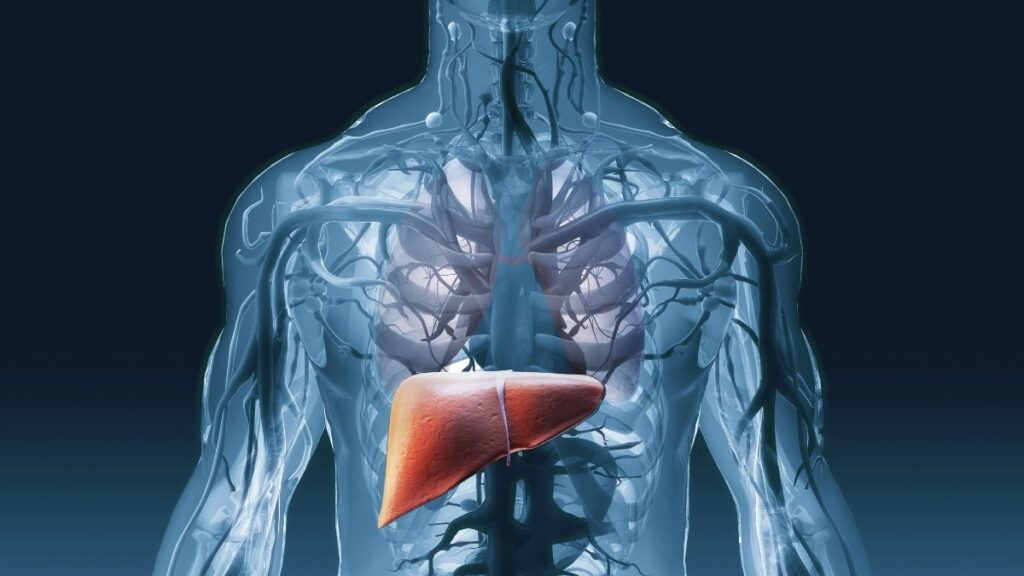
Heart health getting you down? Dark chocolate and beets make a powerful combo. Flavonoids in dark chocolate (70% cocoa or higher) improve blood flow and lower blood pressure. Nitrates in beets do the same thing. People who eat dark chocolate five times a week have 30% fewer heart attacks.
Red wine gets attention for resveratrol, but you'll get more from purple grape juice without the alcohol risks.
Bones feeling brittle? Vitamin K in leafy greens helps your bones use calcium properly. One cup of kale provides 700% of your daily vitamin K needs.
Soy foods contain isoflavones that act like weak estrogen in your body. This helps prevent bone loss after menopause. Women who eat soy foods regularly have 30% stronger bones.

Inflammation causing pain? Cherries are nature's pain relievers. Tart cherry juice contains the same anti-inflammatory compounds as ibuprofen, but it's gentler on your stomach. Athletes who drink tart cherry juice recover faster from workouts and sleep better.
Turmeric's curcumin reduces joint pain as well as some prescription drugs. Add black pepper to boost absorption by 2000%.
The key is consistency, not perfection. Pick one or two health concerns that worry you most. Then focus on adding those specific plant compounds disease prevention experts recommend. You don't need to eat everything. Choose what matters most for your situation.
Start small. Add one targeted food this week. Your body will start using those compounds right away.
The Synergy Effect: Why Variety Matters More Than Single Supplements
Here's something supplement companies don't want you to know: isolated nutrients work differently than whole foods.
When you take a lycopene pill, you get one compound. When you eat a tomato, you get lycopene plus 400 other plant compounds that help your body absorb and use the lycopene better. It's like the difference between a solo musician and a full orchestra.
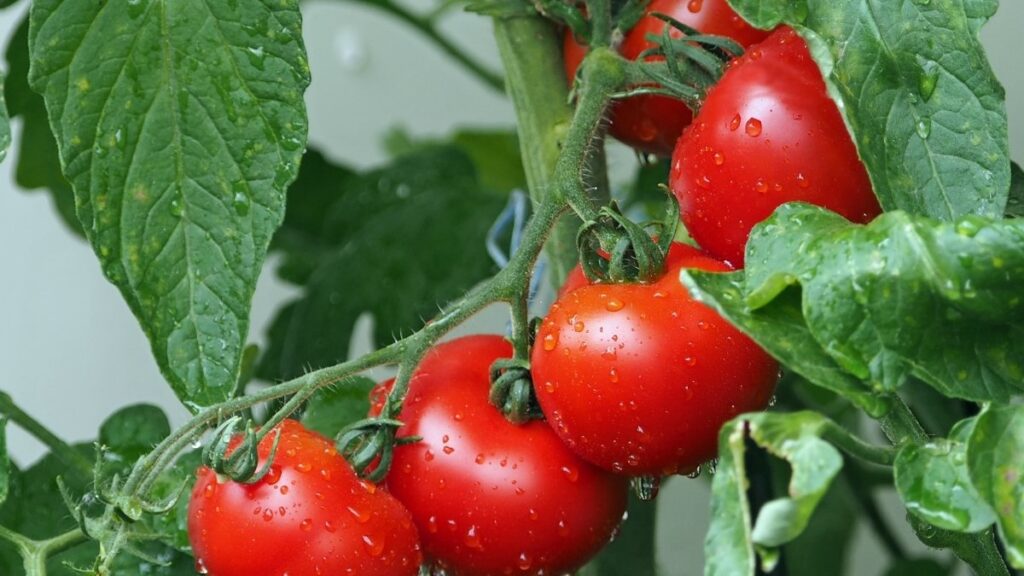
Studies prove whole foods beat supplements every time. People who eat tomato sauce absorb 3 times more lycopene than those who take lycopene pills. The vitamin C, potassium, and other compounds in tomatoes help your body grab and use the lycopene.
Food combinations make nutrients work harder. Eating tomatoes with olive oil increases lycopene absorption by 300%. The healthy fats help your body soak up this fat-soluble compound. Iron from spinach absorbs better when you eat it with vitamin C from bell peppers or strawberries.
Cooking can be your friend. Raw isn't always better. Cooking tomatoes breaks down cell walls and releases more lycopene. Steaming broccoli for 3-4 minutes actually increases its cancer-fighting compounds. But don't overcook. Boiling vegetables for too long washes nutrients down the drain.
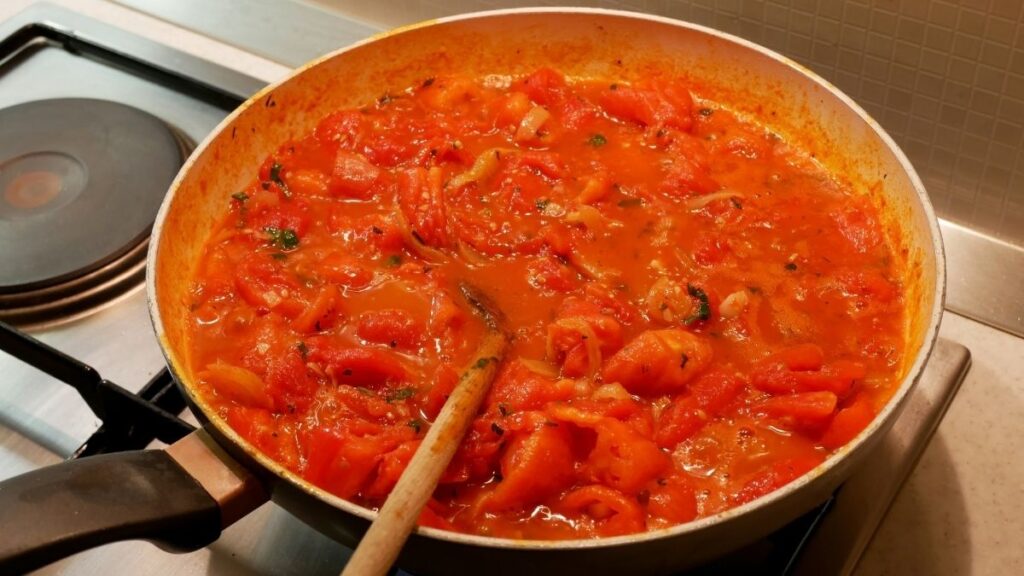
Some foods are nutrient multipliers. Black pepper contains piperine, which boosts absorption of curcumin from turmeric by 2000%. Eating an apple with the skin gives you more antioxidants than eating just the flesh. The skin contains different compounds that work with the inside.
Your gut bacteria love variety too. Different phytonutrients feed different beneficial bacteria in your intestines. The more variety you eat, the healthier your gut becomes. A healthy gut absorbs nutrients better and produces compounds that reduce inflammation throughout your body.
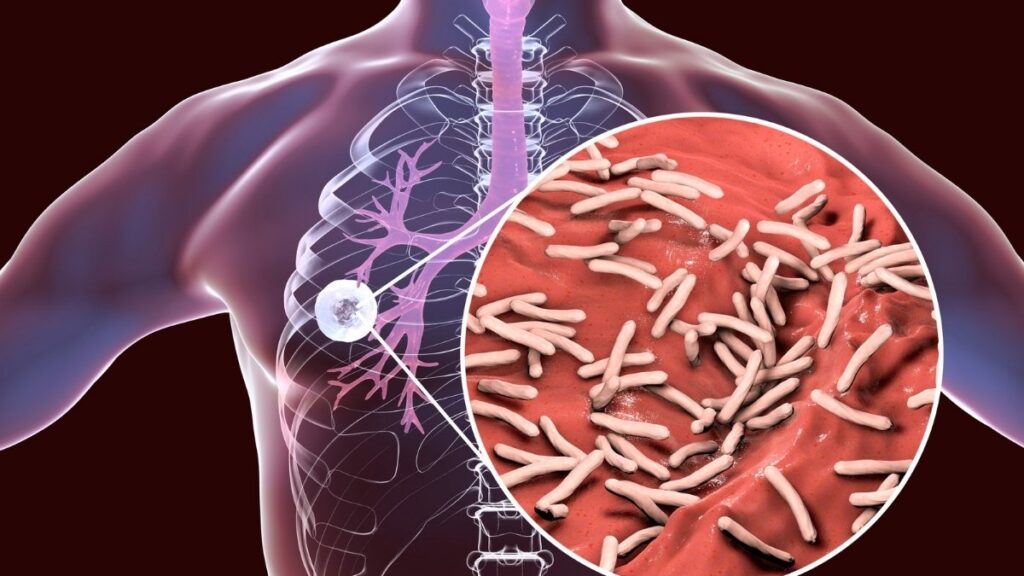
Research shows people who eat 30 different plant foods per week have more diverse gut bacteria and better overall health. This includes fruits, vegetables, nuts, seeds, herbs, and spices.
Timing matters less than consistency. You don't need to eat everything at once. Spread colorful foods throughout your day. Your body can store some phytonutrients for hours or days and use them when needed.
Frozen can be just as good as fresh. Sometimes frozen vegetables contain more nutrients than fresh ones because they're picked at peak ripeness and frozen quickly. Don't let perfect be the enemy of good. Frozen berries in your smoothie beat no berries at all.

The supplement industry wants you to believe you need dozens of pills. But nature already created the perfect combinations in whole foods. Your job is to eat enough variety to get them.
Save your money on expensive supplements. Spend it on colorful, real food instead. Your body knows what to do with an apple. It's still figuring out what to do with isolated apple extract in a capsule.
Your Daily Phytonutrient Action Plan
Ready to put this knowledge to work? Here's how to get colorful fruits vegetables nutrients into every day without stress or confusion.
Start with the 5-a-day rule, but make it colorful. Aim for 5 servings of fruits and vegetables daily, with at least 3 different colors. One serving equals a medium apple, 1/2 cup berries, or 1 cup leafy greens. It's easier than you think.

Plan your colors the night before. When you know what colors you want to hit, shopping and cooking become simpler. Monday might be red (tomatoes), green (spinach), and purple (blueberries). Tuesday could be orange (carrots), white (onions), and green (broccoli).
Make breakfast count. This is your easiest meal to load with phytonutrients. Add berries to oatmeal. Throw spinach in your eggs. Blend frozen fruit into a smoothie. You'll hit 2-3 colors before 9 AM.
Prep once, eat all week. Wash and chop vegetables on Sunday. Freeze smoothie ingredients in bags. Cook a big batch of colorful soup or stew. When healthy choices are ready to eat, you'll actually eat them.

Shop the rainbow on a budget. Frozen vegetables cost 50% less than fresh and keep longer. Buy seasonal produce when it's cheap and abundant. Canned tomatoes contain more lycopene than fresh ones and cost much less.
Generic frozen berries provide the same anthocyanins as expensive "superfood" powders at a fraction of the cost.
Smart substitutions make it automatic. Replace iceberg lettuce with spinach or arugula. Choose colorful bell peppers over pale ones. Pick purple cabbage instead of green. Small swaps add up to big nutrition gains.
Spice it up. Herbs and spices count as phytonutrients too. Oregano has more antioxidants than blueberries per gram. Cinnamon helps control blood sugar. Turmeric fights inflammation. A well-stocked spice rack is a mini pharmacy.
Sample daily menu:
- Breakfast: Berry smoothie with spinach (purple + green)
- Lunch: Salad with tomatoes, carrots, and red cabbage (red + orange + purple)
- Dinner: Salmon with roasted sweet potatoes and broccoli (orange + green)
- Snack: Apple with almond butter (red + beige)
That's 6 colors and dozens of different phytonutrients in one day.
Track colors, not calories. Take a photo of your plate at each meal. Count the colors. Aim to beat yesterday's count. It becomes a fun game instead of a chore.
Be flexible with seasons. Summer brings berries and tomatoes. Fall offers apples and squash. Winter has citrus and root vegetables. Spring brings leafy greens. Eating with seasons saves money and provides variety.
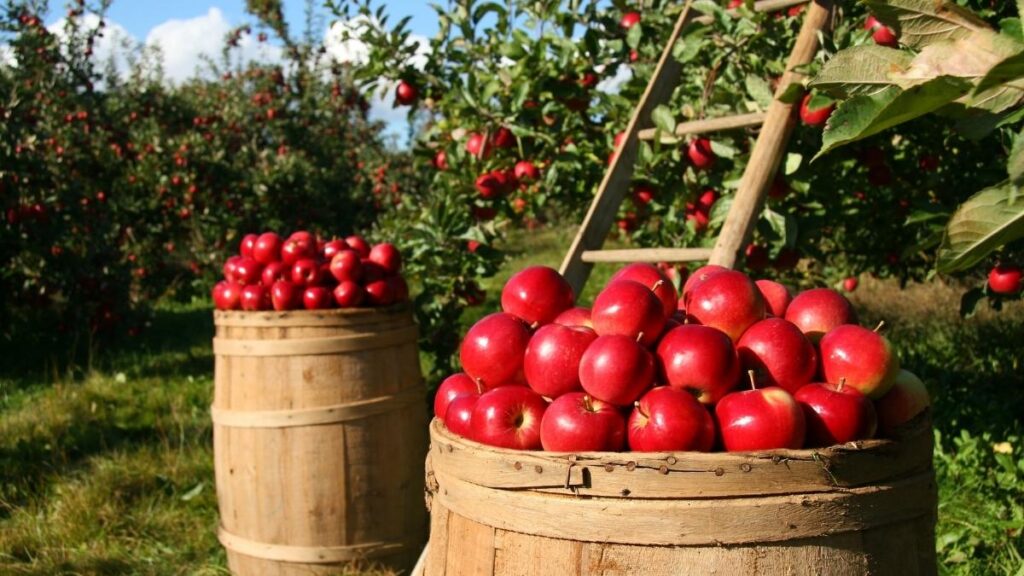
The 80/20 rule keeps you sane. Aim for colorful, nutrient-dense choices 80% of the time. The other 20% is for pizza, ice cream, and life. Perfect nutrition doesn't exist, but better nutrition is always possible.
Start with one new color this week. Then add another next week. Small changes create lasting habits. Your body will start craving more variety as it feels the difference.
Conclusion
You now know the secret code that plants use to advertise their health benefits. Red fights inflammation. Orange protects your eyes. Green detoxifies your liver. Purple sharpens your brain. White boosts immunity.
The science is clear: phytonutrients health benefits far exceed what any supplement can provide. These plant compounds disease prevention experts study work best when they come from whole foods, not pills.
Your mission this week is simple. Add one new colorful plant food to your daily routine. Maybe it's blueberries in your morning yogurt. Perhaps purple cabbage in your lunch salad. Or roasted red peppers with dinner.
Small steps create big changes. Your future self will thank you for every colorful choice you make today.


